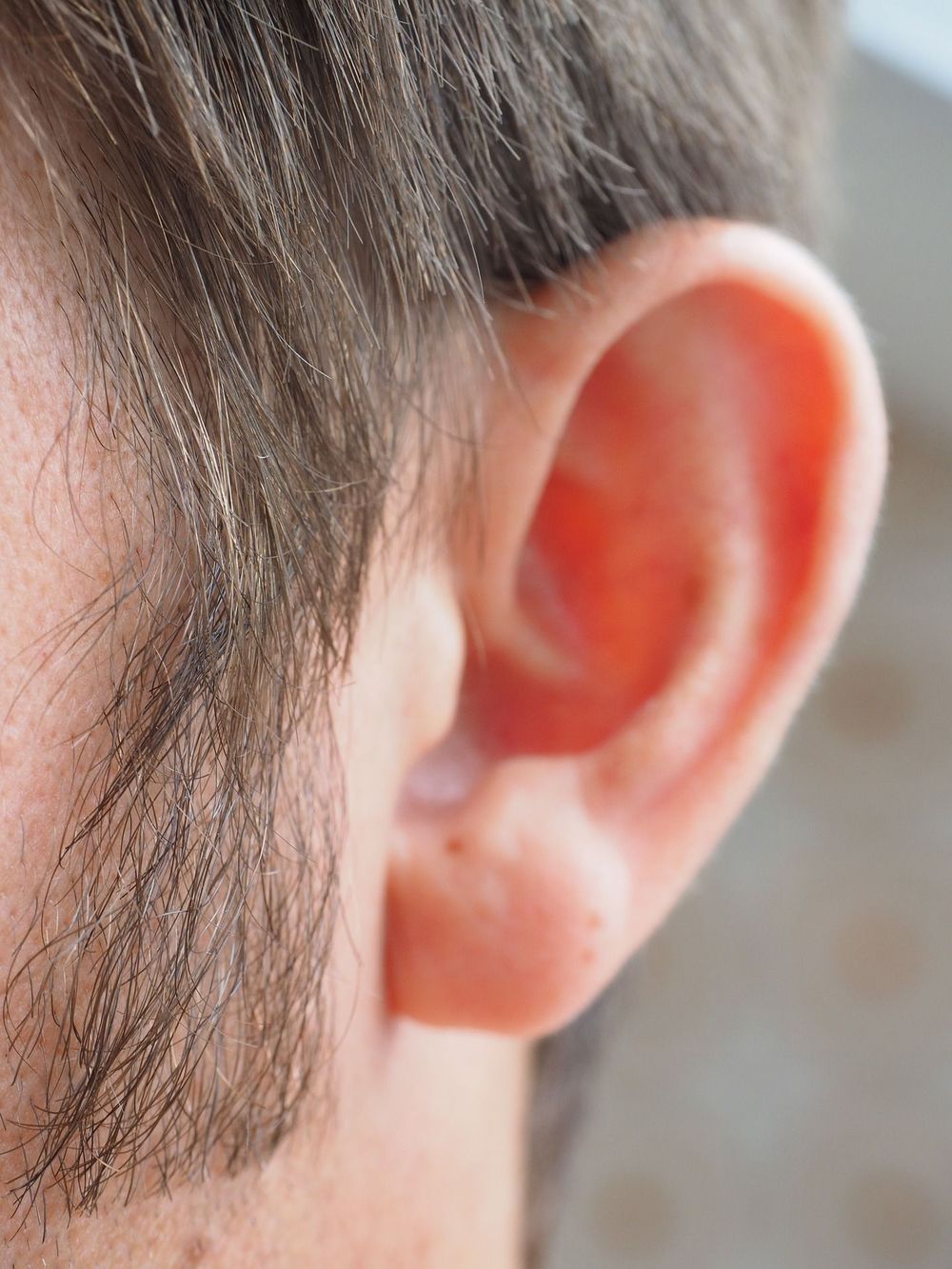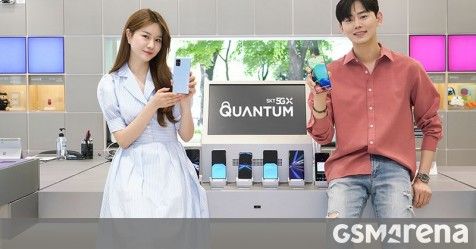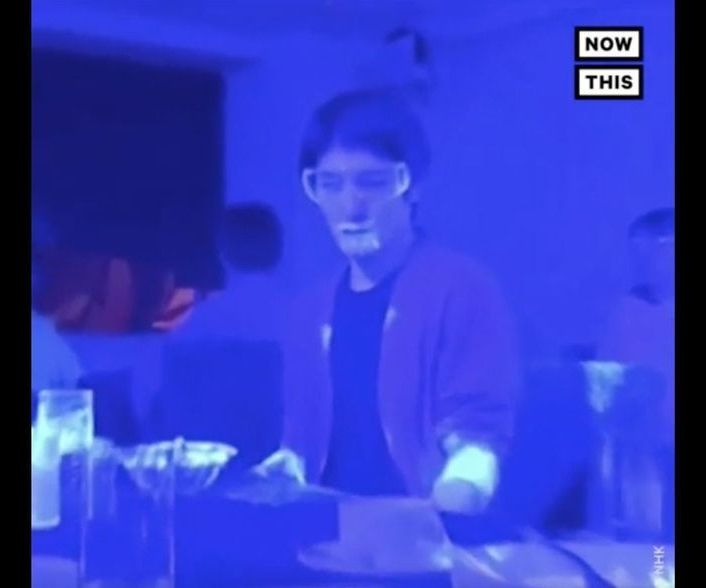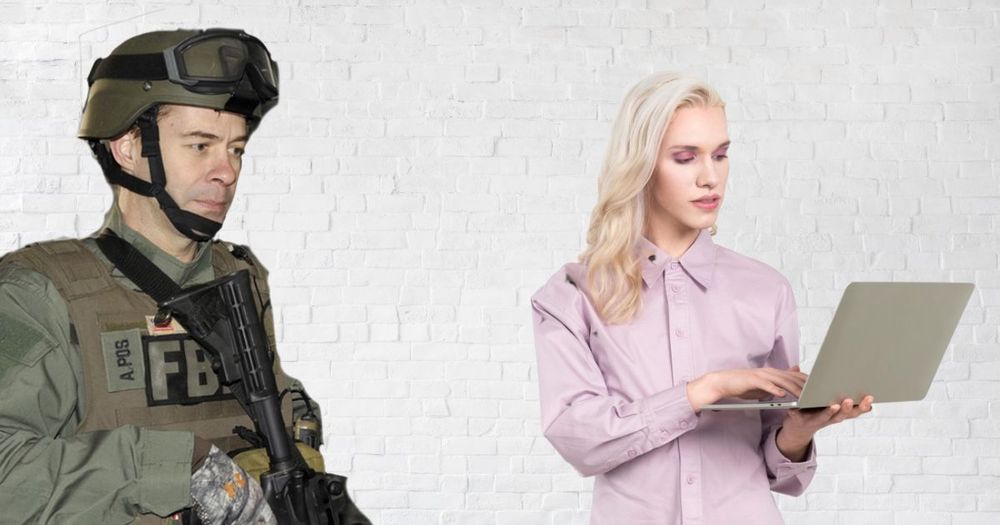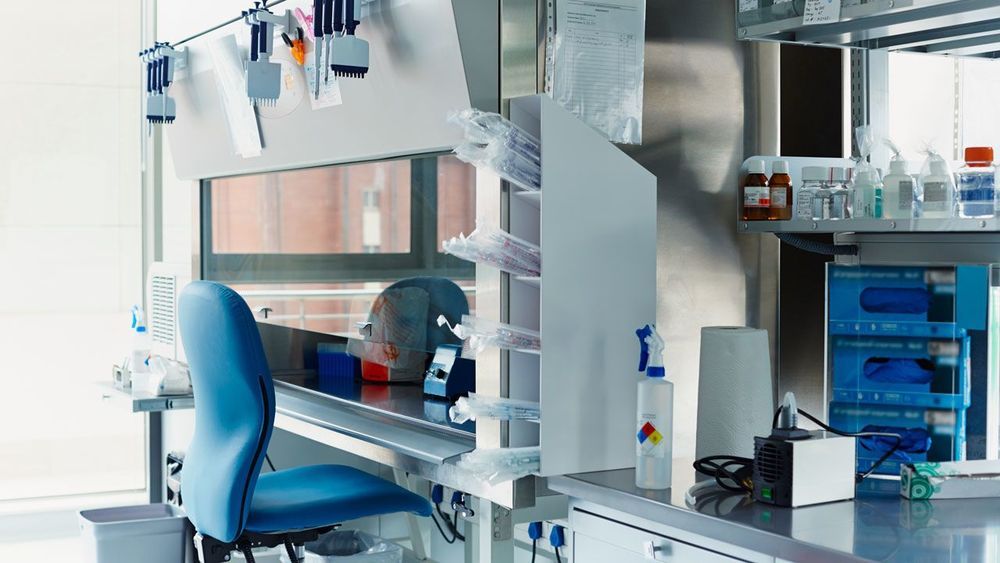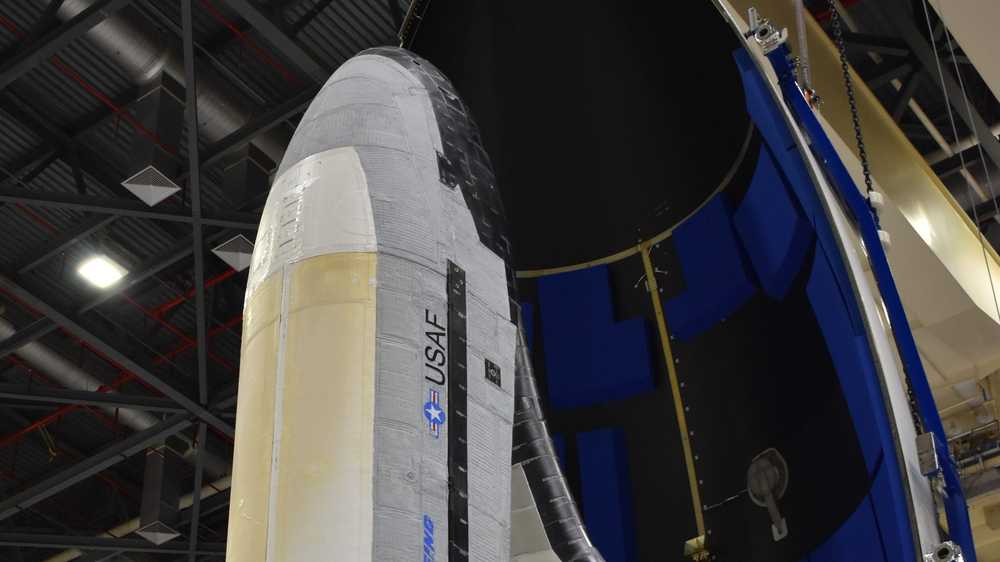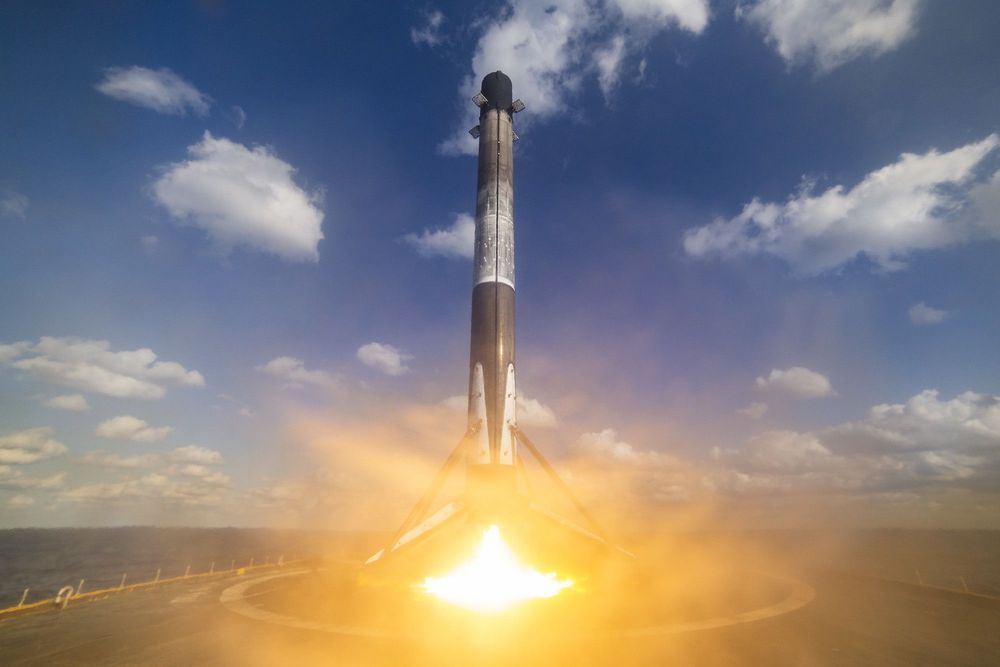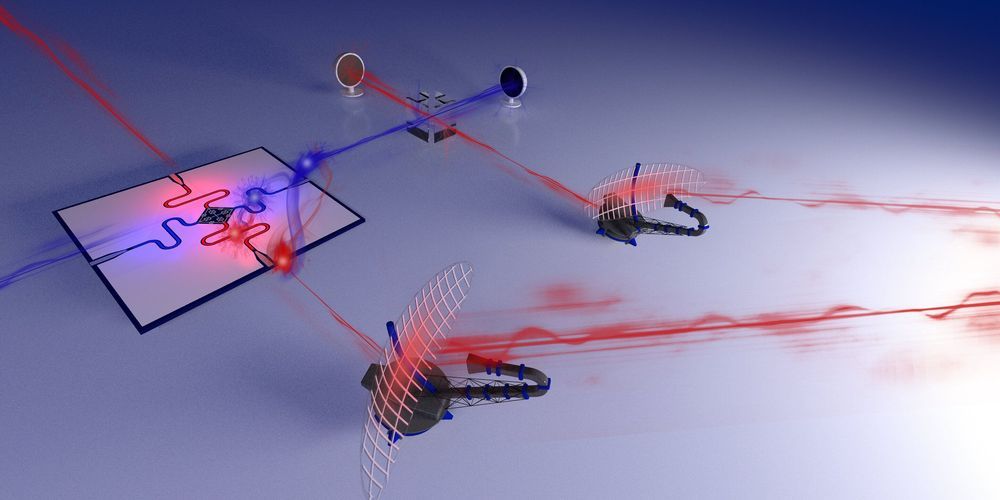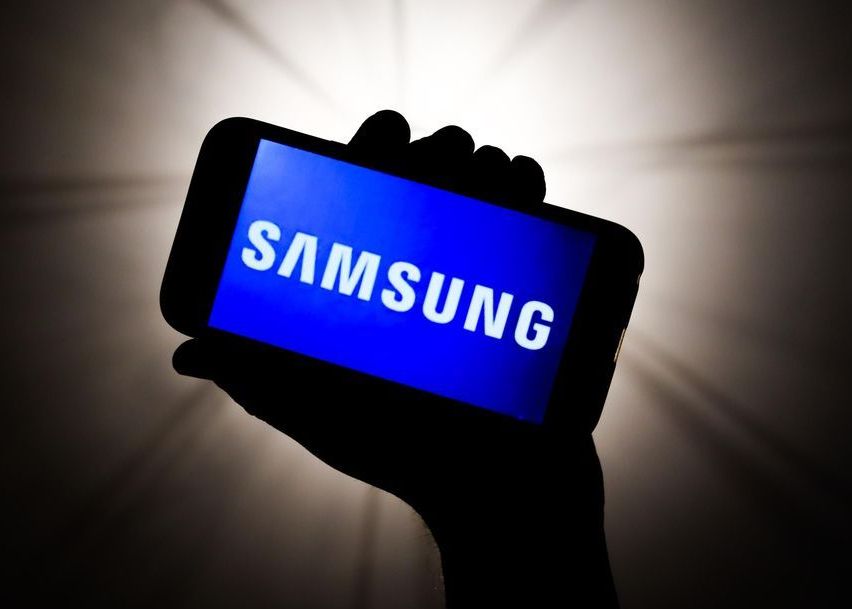Fingerprints and DNA are widely known forms of biometrics, thanks to crime dramas on television. But as technology advances the Internet of Things, the interconnection of computer devices in common objects, other forms of biometrics are sought for security. For example, distinctive physical characteristics of users are increasingly used in computer science as forms of identification and access restriction. Smartphones use fingerprints, iris scans and face recognition in this way. Other biometrics that are likely to come into use include retinas, veins and palm prints.
The ear is another potential biometric. According to research published recently in the Journal of Electronic Imaging, ear recognition technology, or “earprints,” could one day be used as personal identification to secure smart homes via smartphones.
